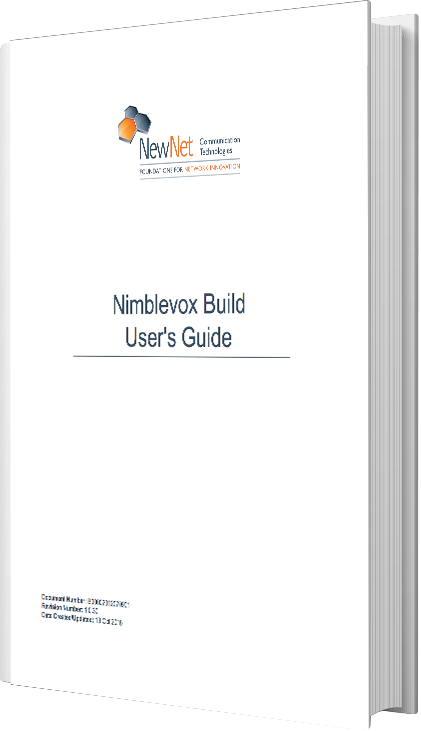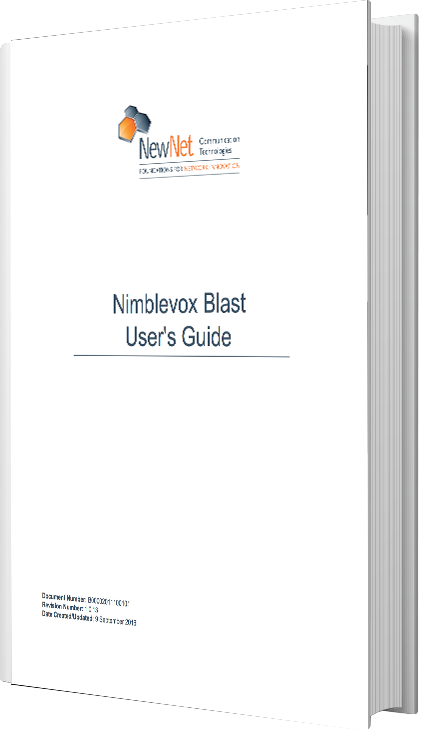Outbound call technology has advanced significantly in the past few years. This jump has allowed for better agent productivity, increased sales and greatly improved customer satisfaction. A key component in this shift is the move of the contact center to the cloud. Companies that want to see a boost in their bottom line should take a close look at several best practices whenever they design a new outbound dialing architecture. The three components are incorporating customer relationship management into the auto-dialer system, delivering valuable data to customers and leveraging a predictive no-pause dialer.
CRM is the Backbone of Auto-Dialing
The purpose of your customer relationship management software is to centralize customer data and allow for other applications to leverage that data. Call center integration with your CRM today is a must. When the CRM is fully integrated with your auto dialer, you are able to maintain unified records across all departments and assure information available to agents is up-to-date and accurate at the time of the call. Without this integration, maintaining separate applications and information is not only costly and inefficient, but you also run the risk of inaccurate information which could result in missed sales opportunities and/or a poor experience.
Valuable Information for Customers
One of the most effective ways for increasing customer satisfaction and retention is to deliver truly valuable information on every call. When an agent is able to offer useful account data, relevant changes or facts the customer can use, then the call can become genuinely helpful to them. Rather than opening with a stale sales pitch, this builds trust and opens up communication, giving you an opportunity to provide offers and ultimately will leave them with a better experience.
Predictive, No-Pause Dialing
Why lose contact with customers who hang up, lose interest or are just plain confused by the traditional 2-second pause? Predictive dialing that utilizes a no-pause feature assures everyone that when the customer picks up, the agent is already on the line and ready to speak and engage. Two seconds might not seem like a lot of time in the overall scheme of life, but in outbound marketing and customer contact, that space of time can make a huge difference in contact and sales percentages. In the end, a no-pause, auto dialer can greatly increase profits, sales, and customer retention.
It’s All About the Cloud
In today’s highly competitive sales environment, outbound calling systems that are located on a company’s premises can only do so much. Cloud-based contact solutions allow even smaller organizations to implement highly effective sales and customer contact campaigns at a reasonable cost and with almost no commitment to purchasing additional technology. The idea of adding muscle to a marketing effort with no extra hardware, and at a modest cost, can add up to long-term success for any company that wants to use outbound calling as a way to generate revenue and widens a customer base.
Taking advantage of these best practices and integrating a cloud-based auto dialer solution can greatly increase the effectiveness of your outbound call center, resulting in more sales and greater customer satisfaction.


